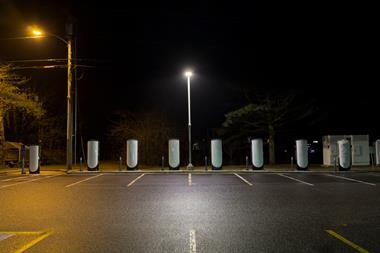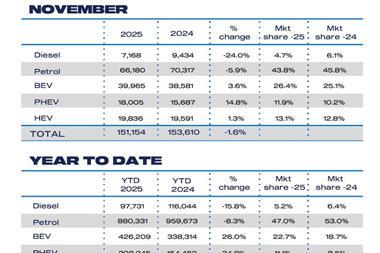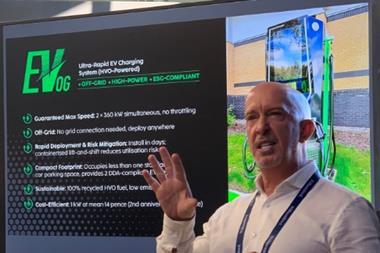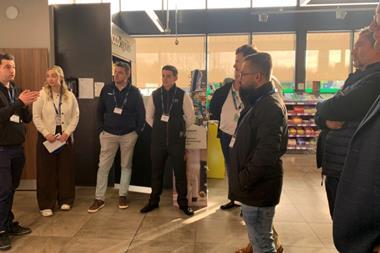
Gridserve is leading a government-backed consortium to help decarbonise the UK’s road freight sector under a project it is calling Electric Freightway.
The news comes as the government announced details of £200m-worth of funding for demonstration projects focused on freight decarbonisation. Four collaborative projects are to be funded involving 370 zero emission HGVs and associated infrastructure across Great Britain.
Gridserve will use its Electric Freightway to demonstrate up to 140 battery electric HGVs that will be provided by DAF and Volvo, alongside up to 220 chargers, 70% of which will be open-access.
The other three projects are:
• Project Zero Emission North (ZEN) Freight, which will demonstrate up to 70 battery electric and 30 hydrogen fuel HGVs. Eddie Stobart and Royal Mail are two of the operators participating in this scheme.
• Voltempo, whose eFREIGHT 2030 project will demonstrate up to 100 battery electric HGVs in partnership with Renault Trucks, Scania and DAF. Marks and Spencer and Menzies Distribution are some of the operators confirmed to be participating.
• Hydrogen Aggregated Logistics (HyHaul) led by Protium, which will deploy around 30 hydrogen fuel cell HGVs onto the M4. Through DfT funding, the HGV fleet will be serviced by one fixed hydrogen refuelling station (HRS) and mobile refuelling in two other locations. The project has longer term ambitions to implement two additional permanent hydrogen refuelling stations in Magor and Bridgend, alongside additional hydrogen conversion projects along the M4.
Decarbonisation Minister, Jesse Norman, said: “We’re investing £200m to roll out 370 zero emission trucks, and a further £2.4m to pioneer green tech through the Freight Innovation Fund, as we work closely with the sector to create new jobs, grow the economy and reach net zero by 2050.”
Within the first two years of this seven-year project, Gridserve has committed to install over 200 High Power chargers across key motorway service areas and more than 10 commercial depot charging locations. Within this, it will also be deploying at least two x 1 megawatt (MW) capacity High Power chargers.
“The big issue so far has been people saying you need an electric truck to have the same 500-mile range as a diesel vehicle,” explained Toddington Harper, CEO of Gridserve. “To do so, that would mean you’d need an enormous battery, which would mean you wouldn’t have the ability to transport the same amount of payload. However, that mindset changes if you’re able to charge that battery very quickly.”
Gridserve says electric trucks average around 1kWh for every mile travelled, but under EU laws, HGV drivers must not exceed 4.5 hours of driving without taking a 45-minute break. Gridserve’s plan is to provide truck drivers with the most powerful EV chargers for these 45-minute windows so that they don’t need to change behaviours.
Beyond the installation of dedicated eHGV chargers, the team at Gridserve Technologies will also be working on ways to make these hauliers work harder and smarter, to optimise areas including energy consumption to freight logistics efficiency with features like automatic charging and the reservation of charging bays.
“This is a seven-year project, but it’s very important to get all the infrastructure in the ground and test vehicles on the road in the next two years, so we can spend those subsequent years data gathering,” said Sam Clarke, chief vehicle officer of Gridserve.
“While this is a new world for us all, I think we can take a lot of learnings from the car world. We know people’s behavioural patterns now; we know their dwell times and the challenges with grid connection. This stuff is a lot bigger, requires a lot more power, but ultimately its success will be based on the same principles.”
































